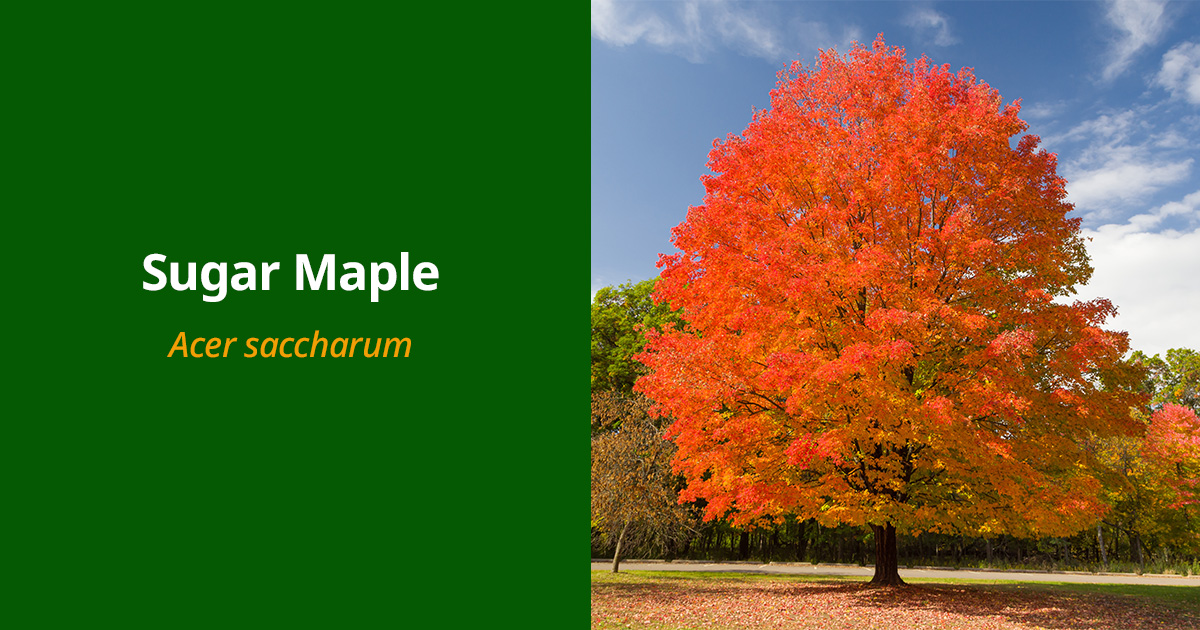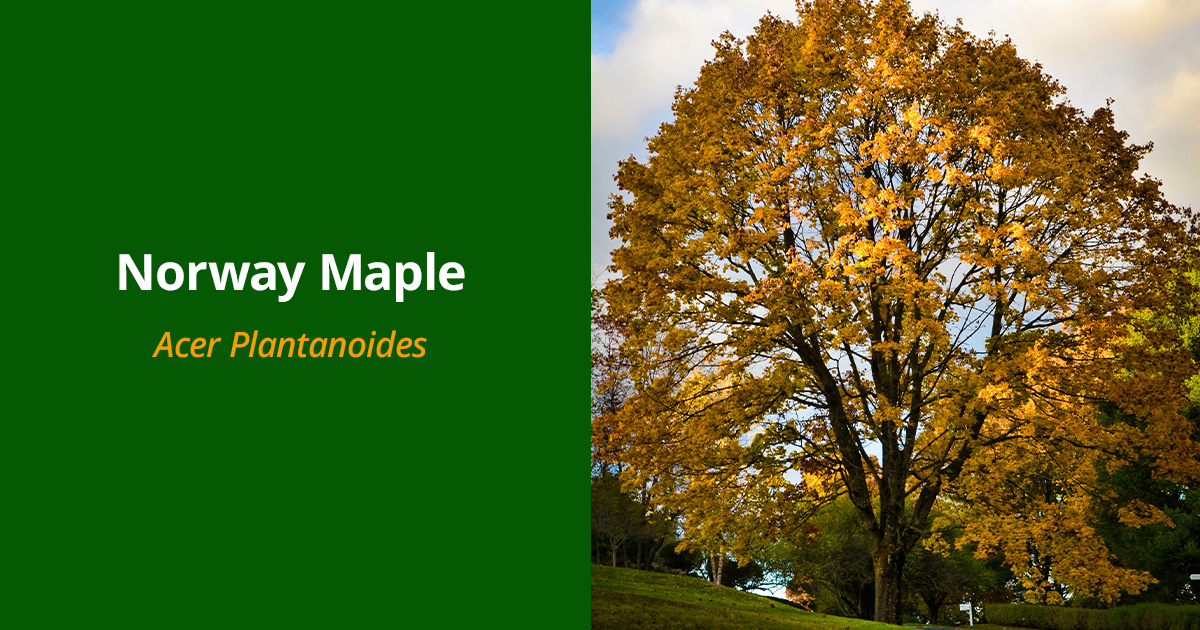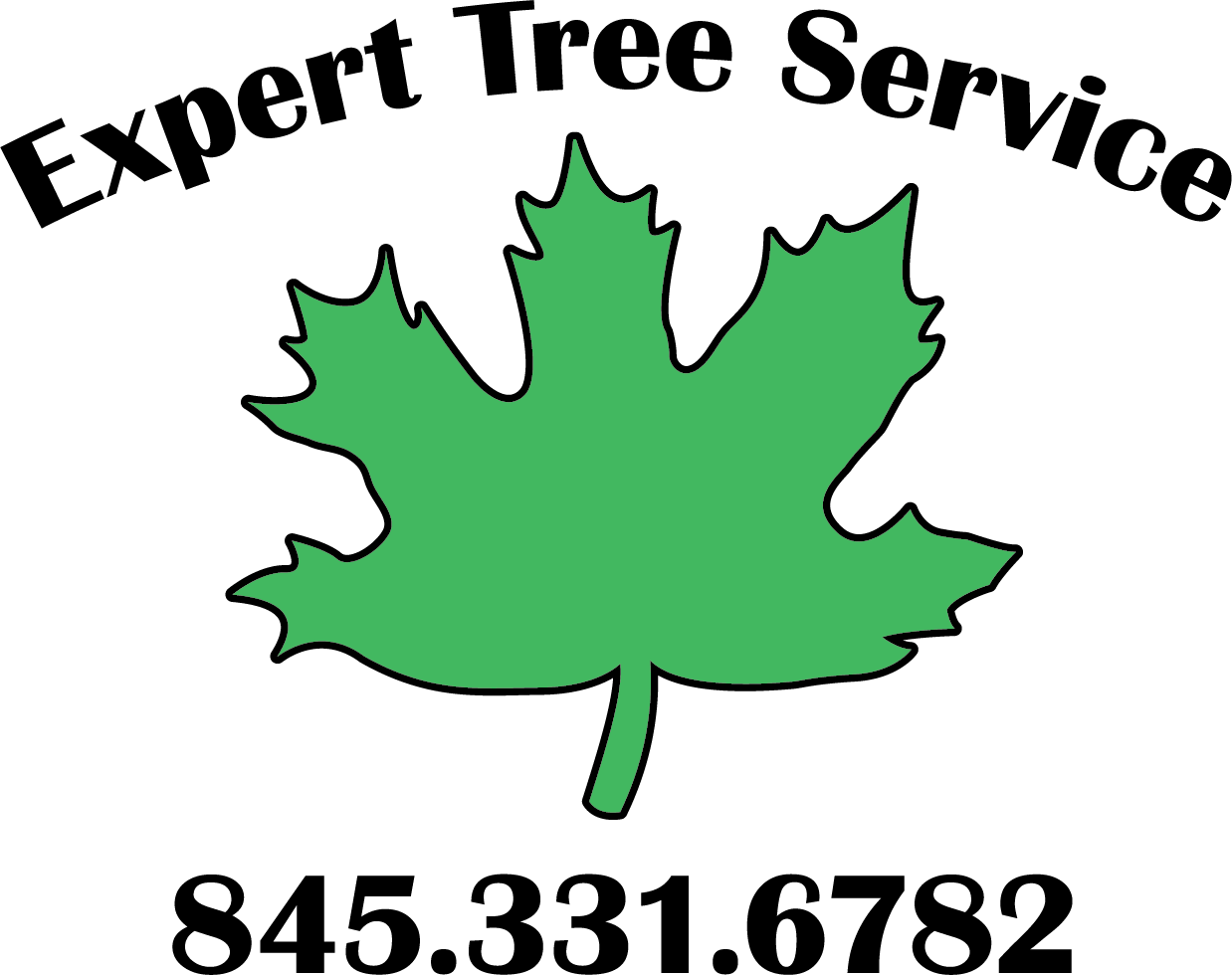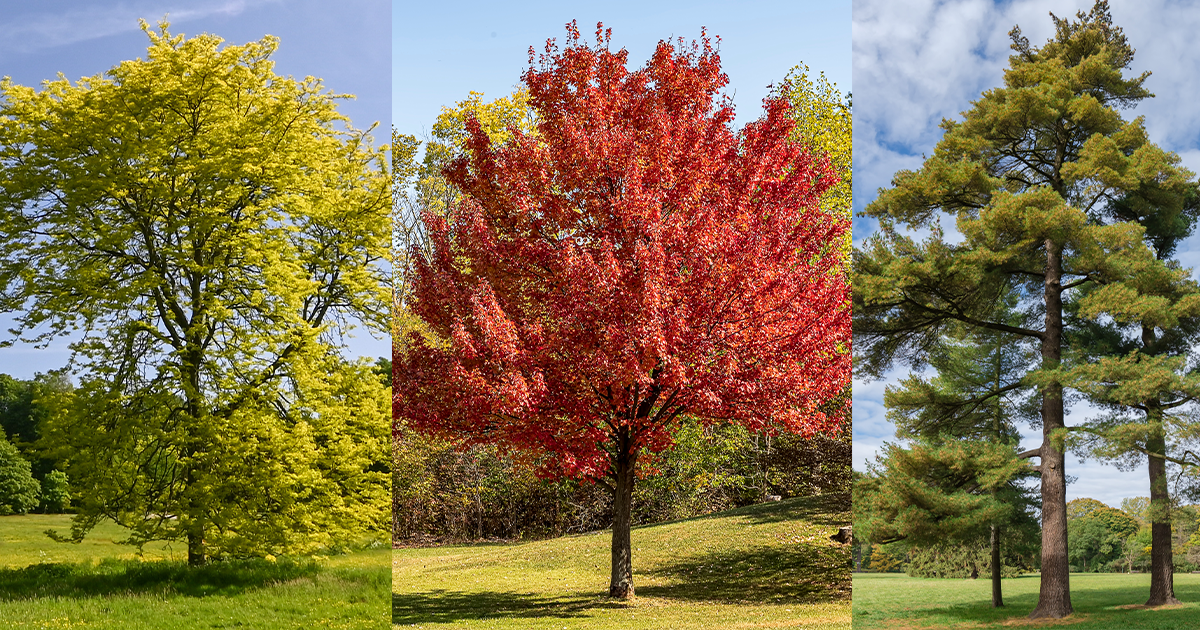Both the Town and Village of Red Hook, in New York’s Dutchess County, are certified as “Tree Cities.” They both meet program’s core requirements, which are to maintain a tree board/department, have a tree care laws on the books, dedication of a yearly community forestry budget of at least $2 per resident, and to host an annual Arbor Day observance/proclamation.
The Town of Red Hook has qualified as a Tree City for 17 years running, and as recently as 2022, have held tree planting days to help boost the number of trees in the area.
In 2013, the Town of Red Hook Tree Preservation Commission created a Forestry Management Plan. Some of the tree services that they recommend include:
- Watering needs – newly planted trees should receive 10 gallons of water a week. Irrigator bags help to water the trees more deeply and evenly.
- Staking needs – new trees may need to be staked. Stakes should be removed after one year.
- General health with special attention to invasive insects and diseases such as the Asian
- Long-horned Beetle and the Emerald Ash Borer.
- Pruning needs – proper pruning contributes greatly to the structure and vigor of the tree.
The plan also includes an inventory of how many trees of different kinds exist along roads and public areas in the Town of Red Hook, compiled at the time by the DEC Forester for Region 3. Let’s take a look at what they are and what some of the common maintenance tips could be for property owners.
1. Sugar Maple – 114

Excessive use of fertilizer is something to look out for with red maples; but they do well with regular watering and mulching, and are beautiful in the fall.
2. Spruce – 75

A spruce tree is an evergreen that looks distinctive in many contexts. Onlookers notice its tall, pyramid-like shape and droopy branches. They are hardy against many diseases, but keep your eyes peeled for pests like the spruce budworm or spider mites. Read our blog post about the most common tree pests in the Hudson Valley.
3. Pine – 39

Pine trees look very similar to spruce; but on on pine trees, the needles are attached to branches in clusters. With spruce trees, needles are attached individually.
Pines are vulnerable to blister rust. These can appear as pustules on the branches. Pine trees are also sensitive to road salt and air pollution, so placement is a key consideration when planting.
4. Norway Maple – 39

Norway Maples are the top tree in the Town of Poughkeepsie, City of Kingston and the Village of Catskill. They are known to be vulnerable to verticillium wilt, and tar spot. To take care of a Norway Maple is to perform regular check-ups and prunings.
5. Honey Locust – 30

Honey Locusts also appear on our Poughkeepsie, Catskill and Kingston lists. It’s a popular tree for the Mid-Hudson Valley, and people love its delicate, fern-like foliage and ability to adapt to various soil and environmental conditions.
Honey Locust owners should be mindful about common pests like the honeylocust plant bug and spider mites, as well as cankers. Performing inspections, watering your honeylocust properly, and pruning regularly can mitigate these concerns.
6. Red Maple – 25

Sugar Maple’s relative, the Red Maple, is known for creating beautiful foliage in the fall. Regular pruning will remove dead, diseased and crowded branches. Due to the tree’s shallow root system, it’s helpful to mulch regularly around the base to maintain soil moisture and keep the temperature regulated. Red Maples can be okay with a range of soils, but they do best in slightly acidic to neutral soils. Some of their common pests are aphids or scales, and they can be hurt by diseases like anthracnose or verticillium wilt.
Are you a Red Hook property owner who needs help maintaining your trees? Give Expert Tree Service a call at 845-331-6782 to schedule a consultation! Whether it’s Tree removal, tree trimming, tree feeding and cabling, or emergency storm response for your trees, our team has the equipment and expertise to help your trees thrive while ensuring safety.

